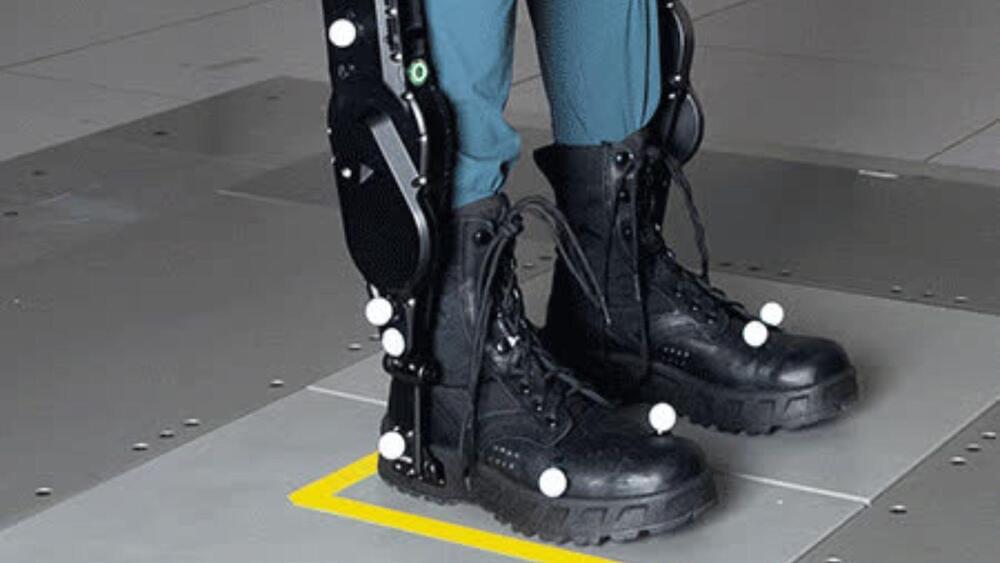The GPT-3 large language model performs at the level of a nine year old human in standard Theory of Mind tests, says psychologist.


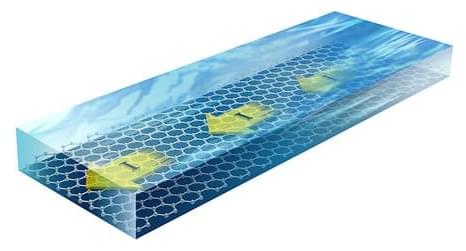
Vibrations are the main drivers of a mysterious process in which a liquid flow generates an electric current in the solid below it.
Liquid flowing over a conducting surface is known to produce electric currents, but the mechanism behind this effect has been unclear. New experiments with a single liquid drop dragged over a graphene surface demonstrate that viscous forces at the liquid–solid interface create vibrations, or phonons, in the graphene sheet that drag electrons in the direction of the flow [1]. The researchers verified this “phonon wind” interpretation by observing multiple liquids and by testing graphene surfaces with and without wrinkles. The results could lead to highly sensitive flow sensors or to devices that can harvest electricity from flows.
Researchers have found that water flowing over a material—in particular, carbon nanotubes or graphene—can generate electric currents in the solid. The effect appears in carbon materials because the surfaces are atomically flat and thus allow the liquid to flow largely unobstructed at the liquid–solid boundary, explains Alessandro Siria from the École Normale Supérieure in France. Several models have been proposed to explain the flow-induced currents, often involving charges within the liquid acting on the electrons in the solid. However, experimental uncertainties have prevented researchers from determining which model is best.
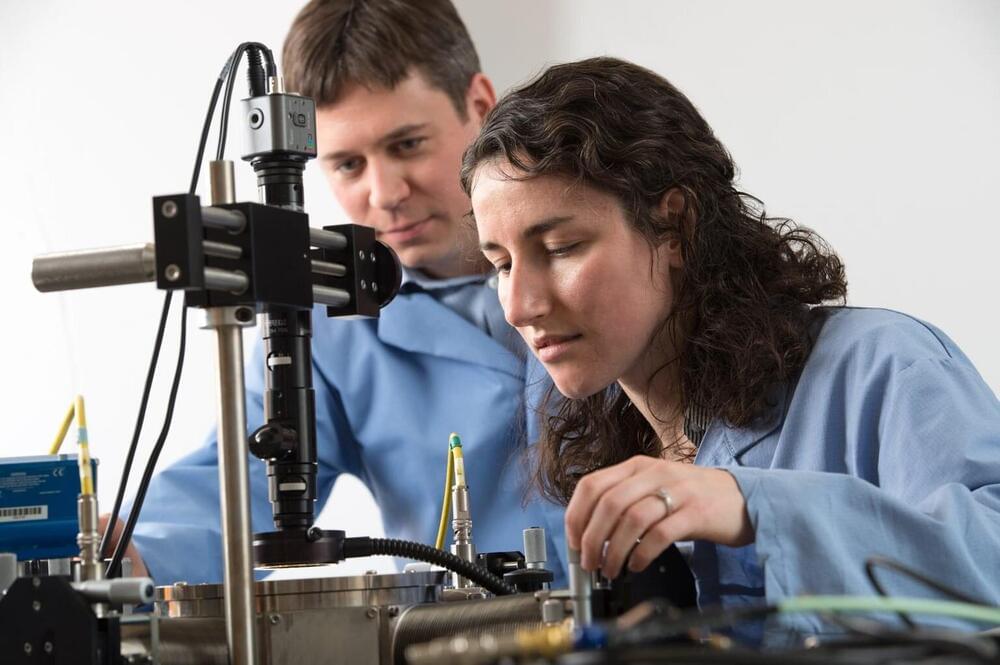
Researchers at the University of North Carolina at Chapel Hill Department of Chemistry have engineered silicon nanowires that can convert sunlight into electricity by splitting water into oxygen and hydrogen gas, a greener alternative to fossil fuels.
Fifty years ago, scientists first demonstrated that liquid water can be split into oxygen and hydrogen gas using electricity produced by illuminating a semiconductor electrode. Although hydrogen generated using solar power is a promising form of clean energy, low efficiencies and high costs have hindered the introduction of commercial solar-powered hydrogen plants.
An economic feasibility analysis suggests that using a slurry of electrodes made from nanoparticles instead of a rigid solar panel design could substantially lower costs, making solar-produced hydrogen competitive with fossil fuels. However, most existing particle-based light-activated catalysts, also referred to as photocatalysts, can absorb only ultraviolet radiation, limiting their energy-conversion efficiency under solar illumination.

On Feb. 3, an asteroid more than three times as long as it is wide safely flew past Earth at a distance of about 1.1 million miles (1.8 million kilometers, or a little under five times the distance between the Moon and Earth). While there was no risk of the asteroid—called 2011 AG5—impacting our planet, scientists at NASA’s Jet Propulsion Laboratory in Southern California closely tracked the object, making invaluable observations to help determine its size, rotation, surface details, and, most notably, shape.
This close approach provided the first opportunity to take a detailed look at the asteroid since it was discovered in 2011, revealing an object about 1,600 feet (500 meters) long and about 500 feet (150 meters) wide—dimensions comparable to the Empire State Building. The powerful 230-foot (70-meter) Goldstone Solar System Radar antenna dish at the Deep Space Network’s facility near Barstow, California, revealed the dimensions of this extremely elongated asteroid.
“Of the 1,040 near-Earth objects observed by planetary radar to date, this is one of the most elongated we’ve seen,” said Lance Benner, principal scientist at JPL who helped lead the observations.
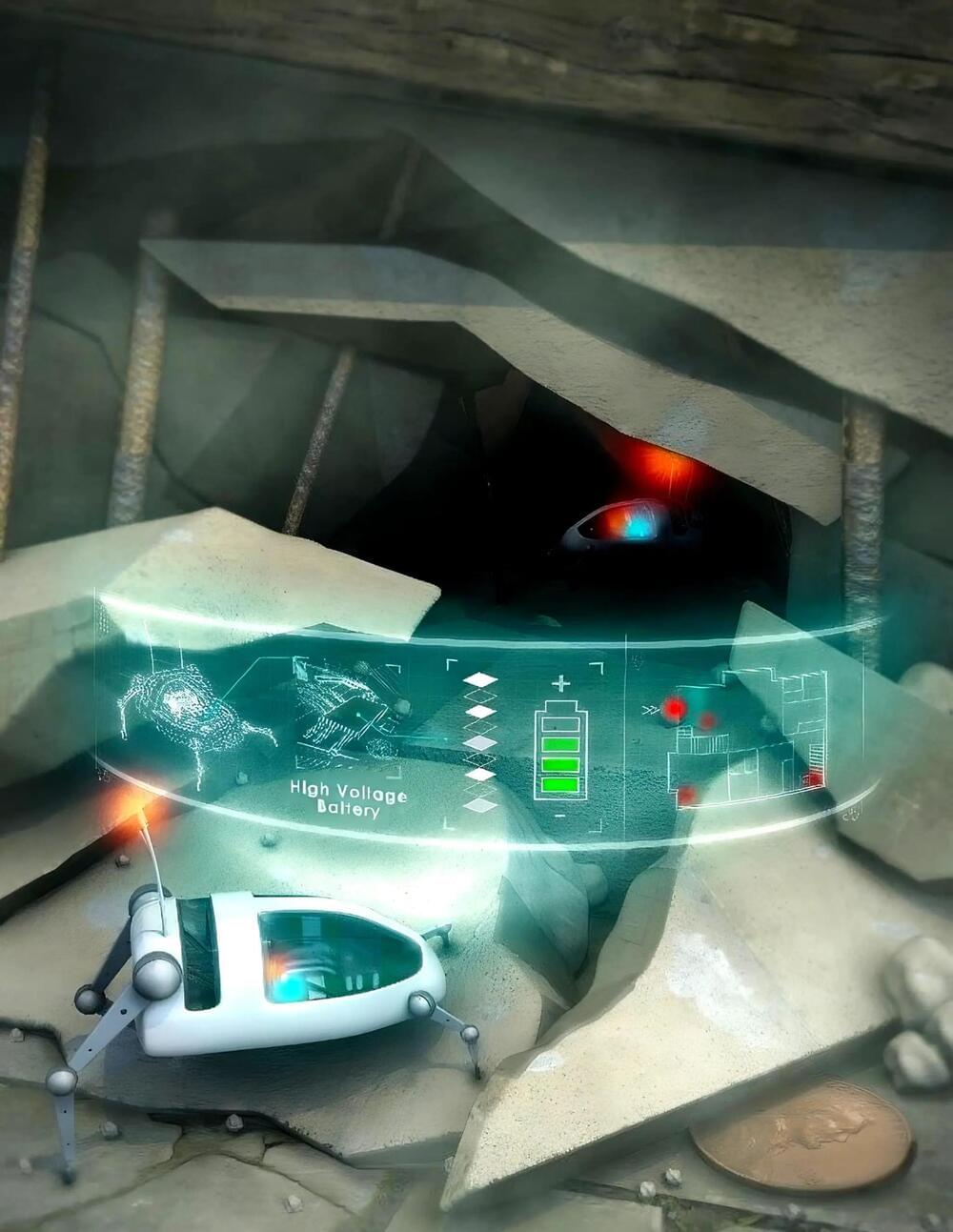
A persistent technological challenge has been the difficulty in scaling down the electrochemical performance of large-format batteries to smaller, microscale power sources, hindering their ability to power microdevices, microrobots, and implantable medical devices. However, researchers at the University of Illinois Urbana-Champaign have overcome this challenge by developing a high-voltage microbattery (9 V) with exceptional energy and power density, unparalleled by any existing battery design.
Material Science and Engineering Professor Paul Braun (Grainger Distinguished Chair in Engineering, Materials Research Laboratory Director), Dr. Sungbong Kim (Postdoc, MatSE, current assistant professor at Korea Military Academy, co-first author), and Arghya Patra (Graduate Student, MatSE, MRL, co-first author) recently published a paper detailing their findings in Cell Reports.
<em>Cell Reports</em> is a peer-reviewed scientific journal that published research papers that report new biological insight across a broad range of disciplines within the life sciences. Established in 2012, it is the first open access journal published by Cell Press, an imprint of Elsevier.
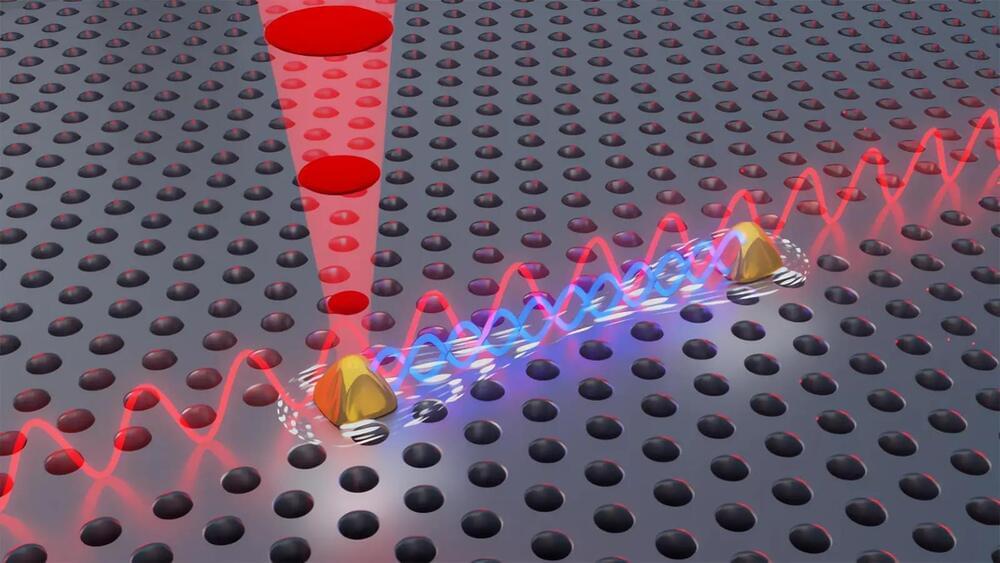
In a new breakthrough, researchers at the University of Copenhagen, in collaboration with Ruhr University Bochum, have solved a problem that has caused quantum researchers headaches for years. The researchers can now control two quantum light sources rather than one. Trivial as it may seem to those uninitiated in quantum, this colossal breakthrough allows researchers to create a phenomenon known as quantum mechanical entanglement. This, in turn, opens new doors for companies and others to exploit the technology commercially.
Going from one to two is a minor feat in most contexts. But in the world of quantum physics, doing so is crucial. For years, researchers around the world have strived to develop stable quantum light sources and achieve the phenomenon known as quantum mechanical entanglement – a phenomenon, with nearly sci-fi-like properties, where two light sources can affect each other instantly and potentially across large geographic distances. Entanglement is the very basis of quantum networks and central to the development of an efficient quantum computer.
Researchers from the Niels Bohr Institute published a new result in the highly esteemed journal Science, in which they succeeded in doing just that. According to Professor Peter Lodahl, one of the researchers behind the result, it is a crucial step in the effort to take the development of quantum technology to the next level and to “quantize” society’s computers, encryption, and the internet.
Using data from ESA’s Gaia astrometry mission, astronomers have identified the closest known black hole.
A black hole is a place in space where the gravitational field is so strong that not even light can escape it. Astronomers classify black holes into three categories by size: miniature, stellar, and supermassive black holes. Miniature black holes could have a mass smaller than our Sun and supermassive black holes could have a mass equivalent to billions of our Sun.

It actually makes a lot of sense from a computing standpoint.
If life is common in our Universe, and we have every reason to suspect it is, why do we not see evidence of it everywhere?
This is the essence of the Fermi Paradox, a question that has plagued astronomers and cosmologists almost since the birth of modern astronomy.
It is also the reasoning behind the Hart-TIpler Conjecture, one of the many (many!) proposed resolutions, which asserts that if advanced life had emerged in our galaxy sometime in the past, we would see signs of their activity everywhere we looked. Possible indications include self-replicating probes, megastructures, and other Type III-like activity.

Residents of Cardiff’s Odet Court housing complex U.K. are benefiting from “world-first” technology that allows solar energy from a single rooftop system to be shared by multiple residences in the same building.
The new solar system setup can supply up to 75 percent of each apartment’s power requirements, benefiting the residents, Euronews reported on Saturday.
